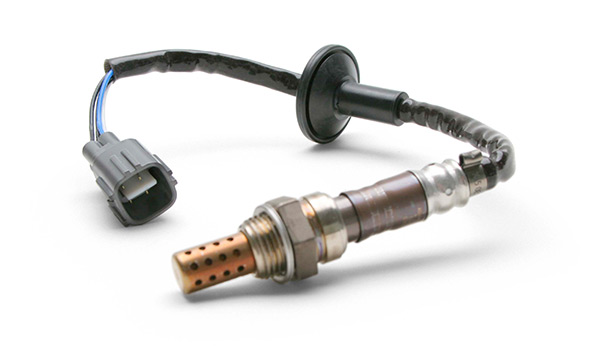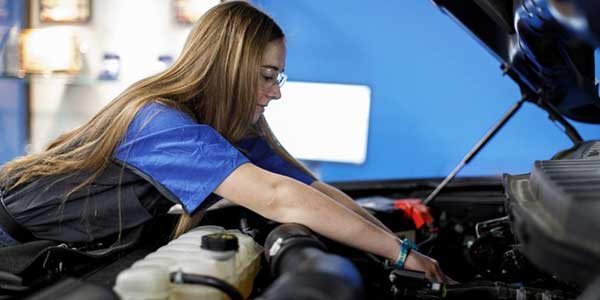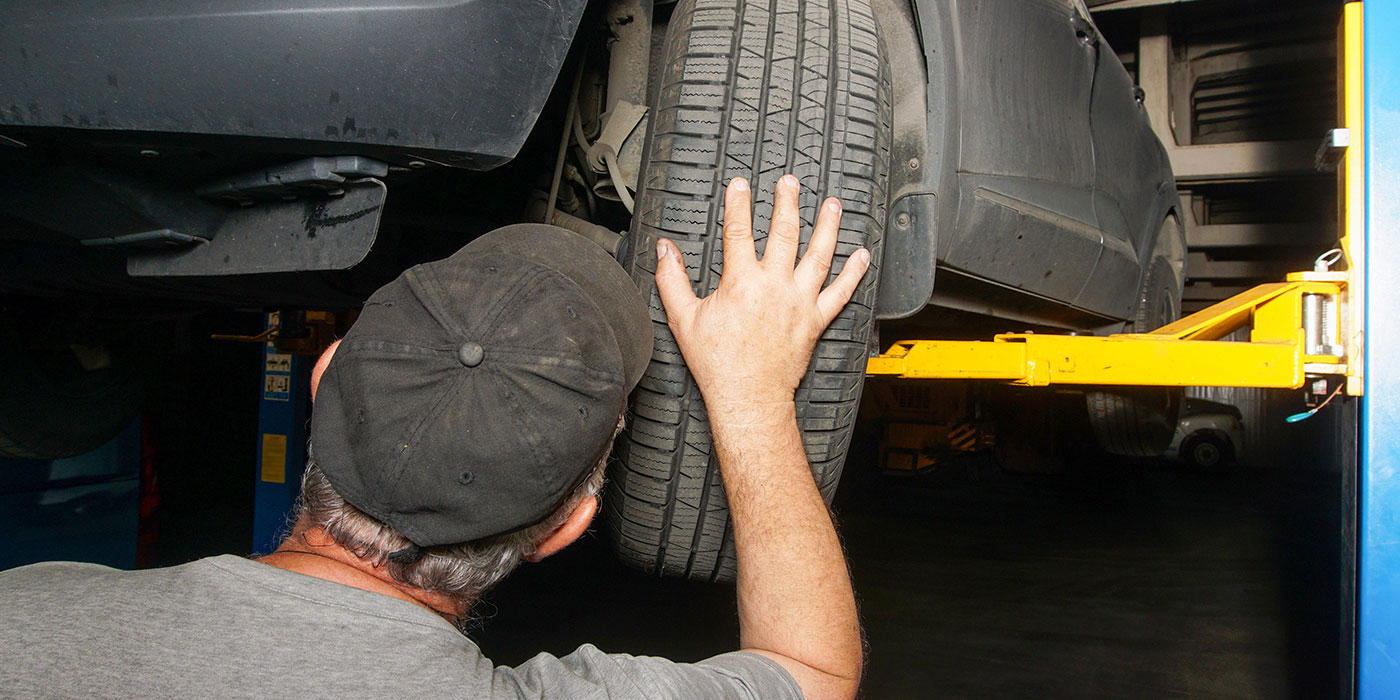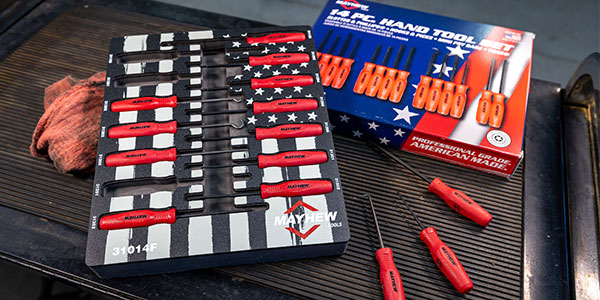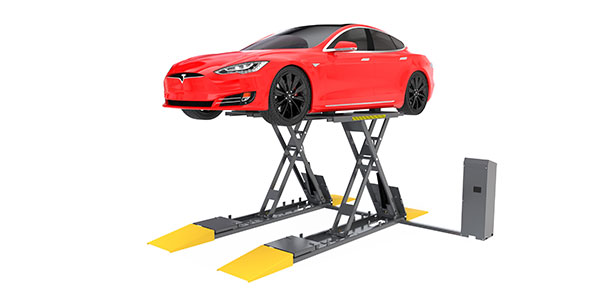Oxygen sensors are one of the most critical components of a modern engine because of their role in controlling the fuel-injection system and emissions coming from the tailpipe. O2 sensors, as they are more commonly known today, were first developed by Bosch engineers in the late 1960s. Volvo was the first automaker to use O2 sensors in its 240/260 models that were built for the U.S. market in the late 1970s. To date, nearly 1 billion oxygen sensors have been sold by Bosch alone.
An O2 sensor works in conjunction with the PCM and other components such as mass airflow sensors to calculate the precise amount of fuel the injector should pulse into the cylinder for combustion to occur. The primary function is to maintain efficient combustion, and not be too lean or too rich. If the sensor detects unburned fuel, it will relay a voltage signal to the ECU telling it to reduce the amount of pulse width to the injectors (fuel), depending on the demand of the driver’s right foot and other conditions.
In a properly functioning closed-loop EFI system, the O2 sensor monitors the air/fuel ratio up to 100 times per second to make minor fuel-trim corrections. Fuel is either added or reduced to ensure that this ratio is ideal (14.7:1), helping the engine burn fuel more efficiently. Most oxygen sensors have a core made of zirconia, which helps produce voltage in relation to the amount of oxygen in the exhaust.
Evolution of O2 Sensors
The old-style oxygen sensor with a single wire evolved by adding a heater element that warmed it up to its operating temperature much quicker. These new heated sensors could be mounted downstream next to the catalytic converter, which was a more desired location anyway. When OBD II was implemented in 1996 to meet even stricter EPA requirements, O2 sensors were placed in more areas than ever to help speed up communication with the PCM. Most cars today use a narrow-band sensor, which only tells the computer whether the engine is rich or lean. However, some manufacturers are starting to use wide-band sensors in certain models to ensure more precise measurement of the air/fuel ratio. Today’s cars can have up to eight different O2 sensors, depending on the engine layout. There usually is one or two upstream (before the catalytic converter) and one downstream. The sensors measure the difference between upstream and downstream and check not only for unburned fuel but also the efficiency of the converter.
How long do o2 sensors last? Oxygen sensors have a limited lifespan. In the early days, Bosch could only keep the sensors alive for an hour. Thankfully, the lifespan today is much longer. Even still, the lifespan of a modern O2 sensor may be 60,000 to 90,000 miles. Cars with bad O2 sensors will activate a check-engine light and may idle rough and get poor fuel mileage because they’re operating in “open loop” to a pre-determined fuel map. Today’s O2 sensors also help control cars equipped with variable valve timing, so a bad sensor also can affect engine power.
An O2 sensor can be tested with a probe by attaching one lead to the signal wire and the other to ground to check for voltage. These sensors read an increase in oxygen as a lean condition and should produce close to 200 mV (0.20 V). The sensor is bad if it doesn’t respond or is slow to respond. In that case, a vacuum leak or some other component could be the culprit. Be sure the voltage is tested before replacing an O2 sensor; otherwise you’ll have an unhappy customer on your hands.
Brendan Baker

